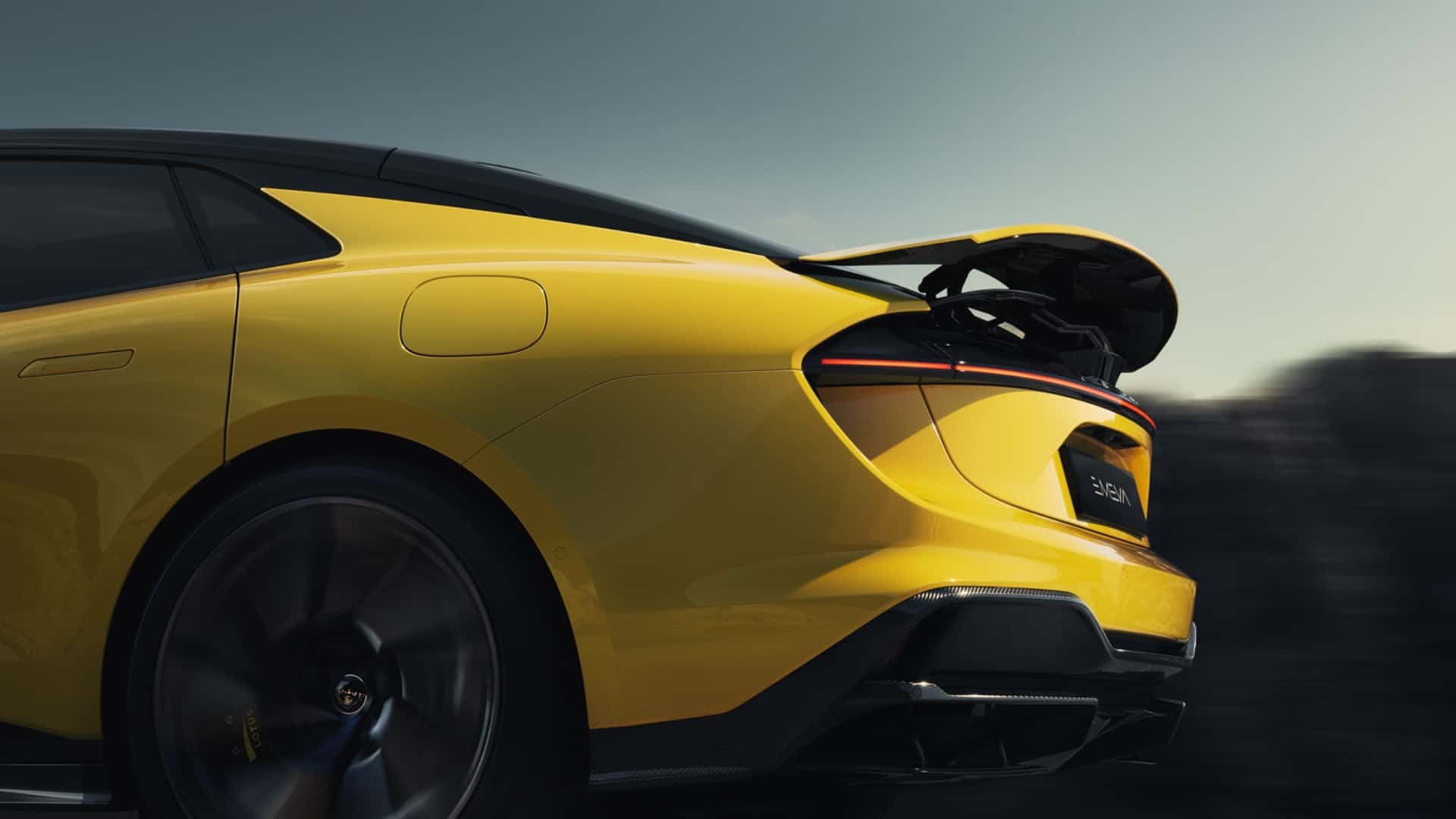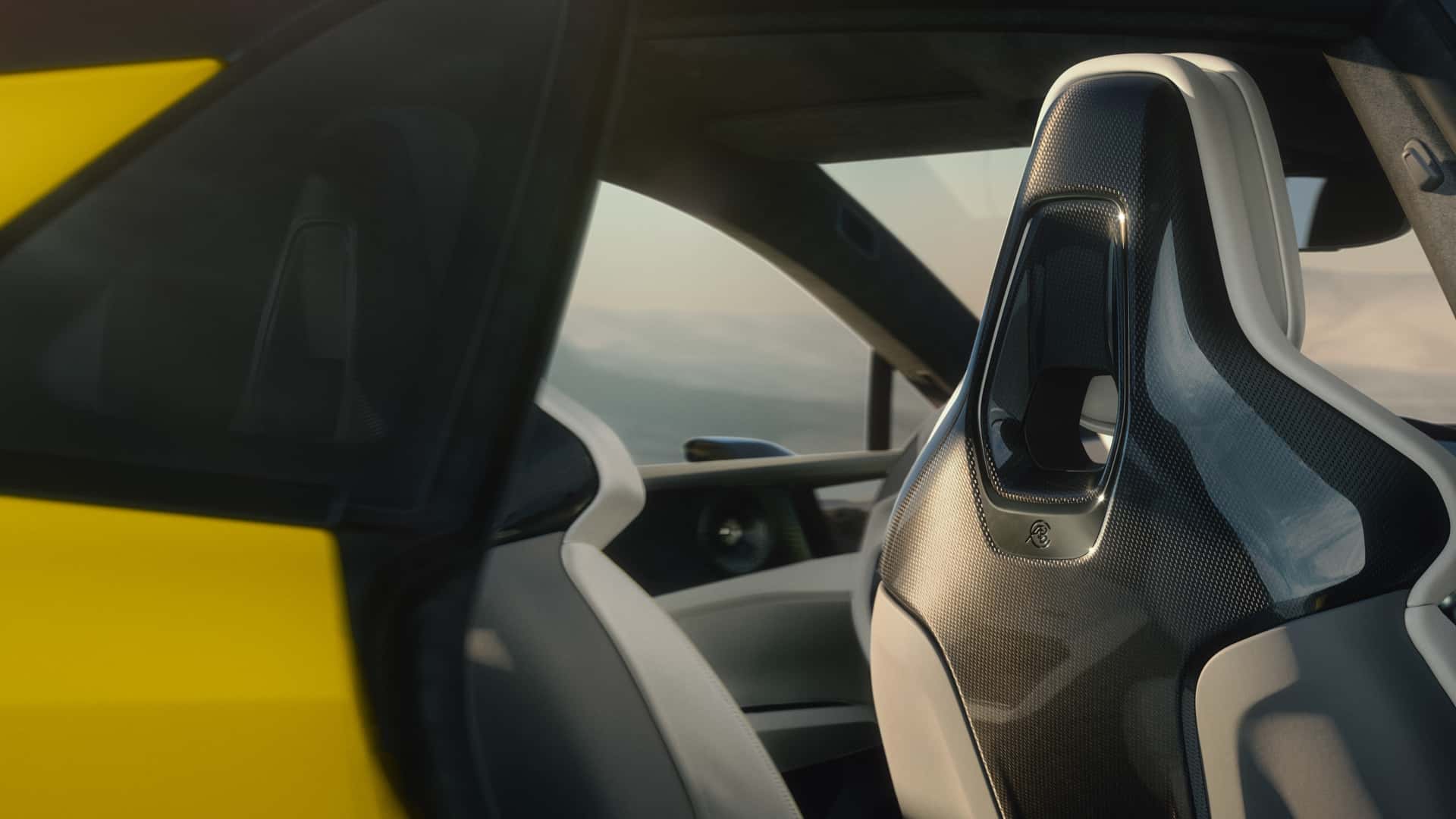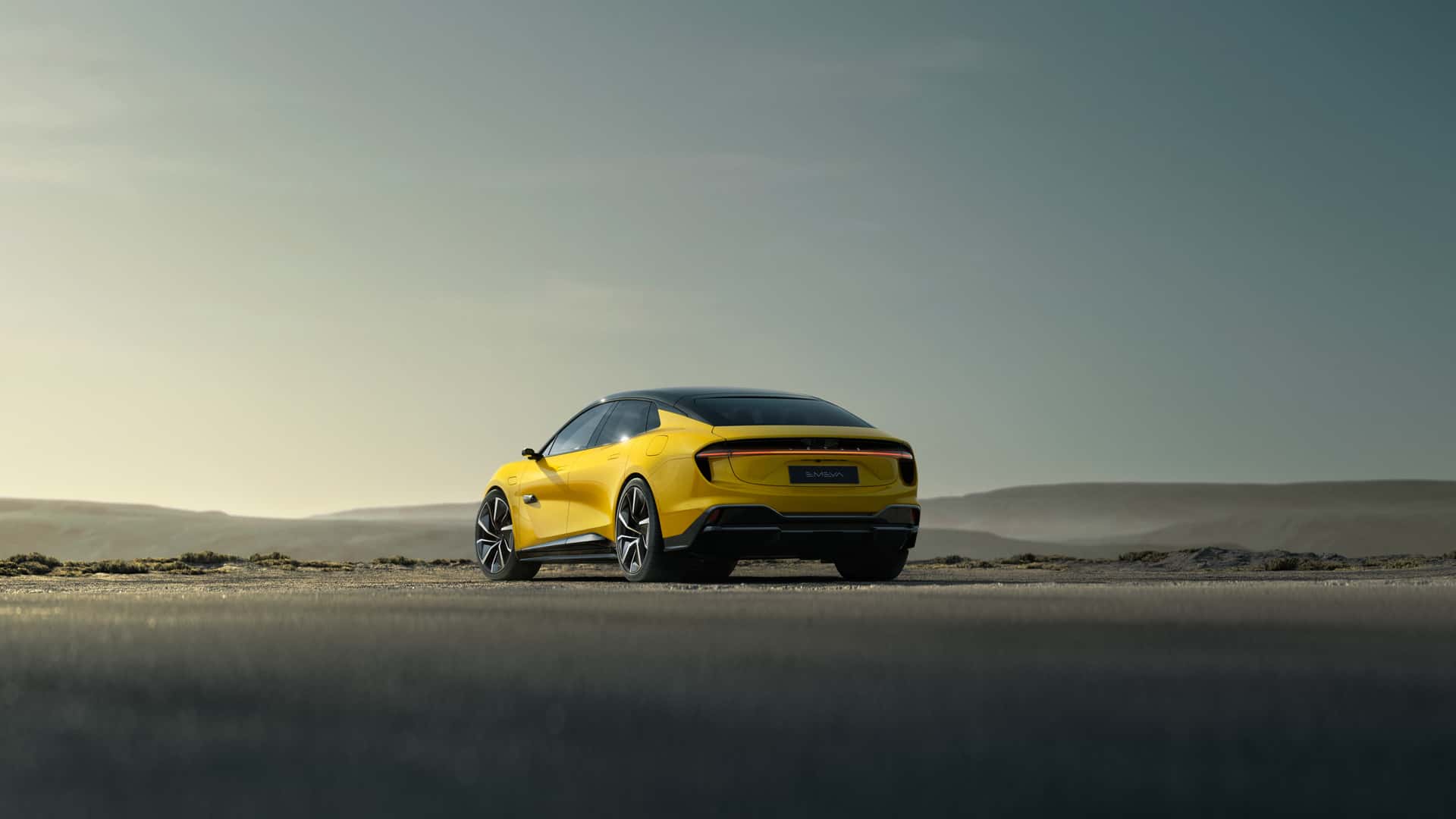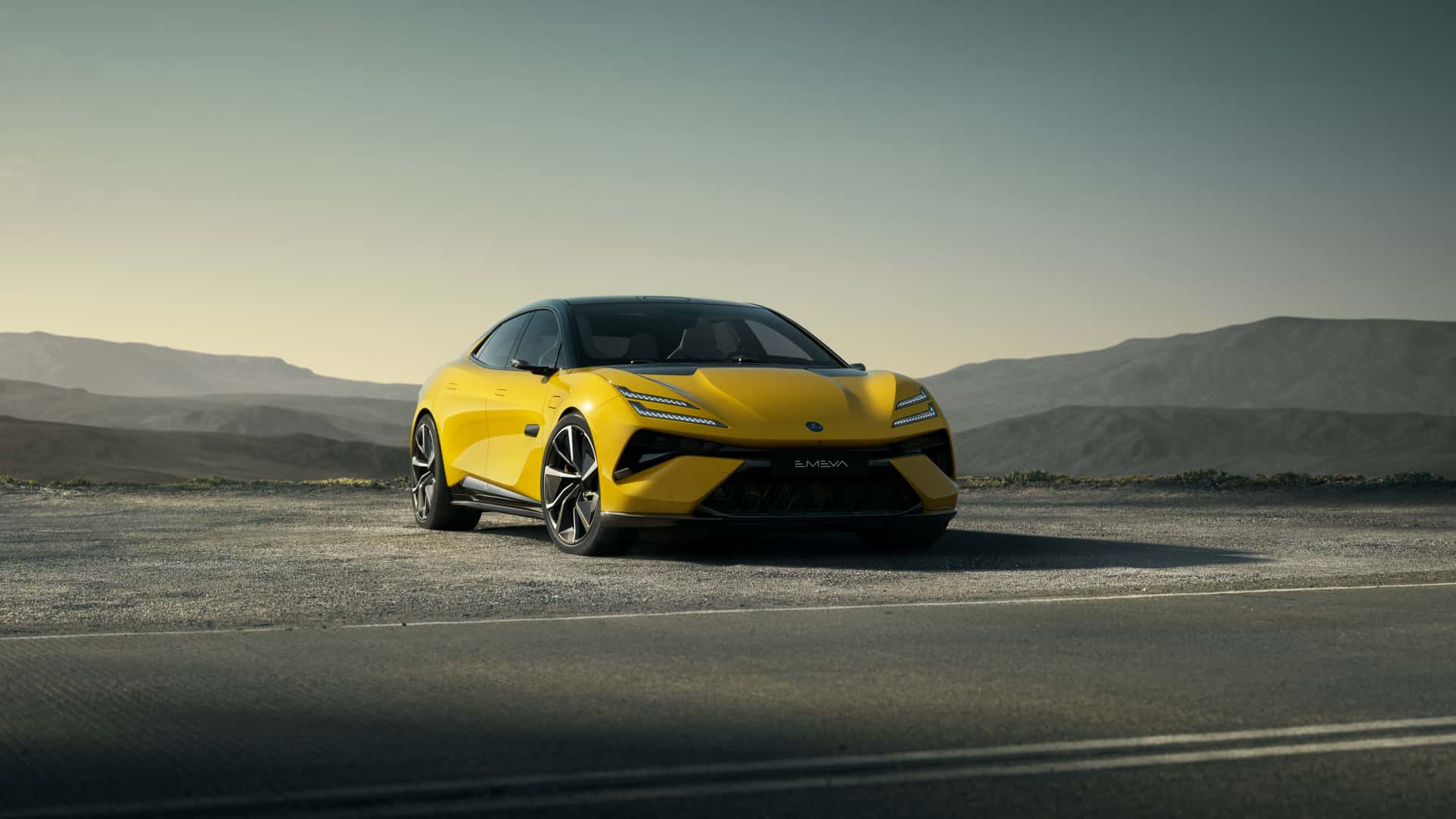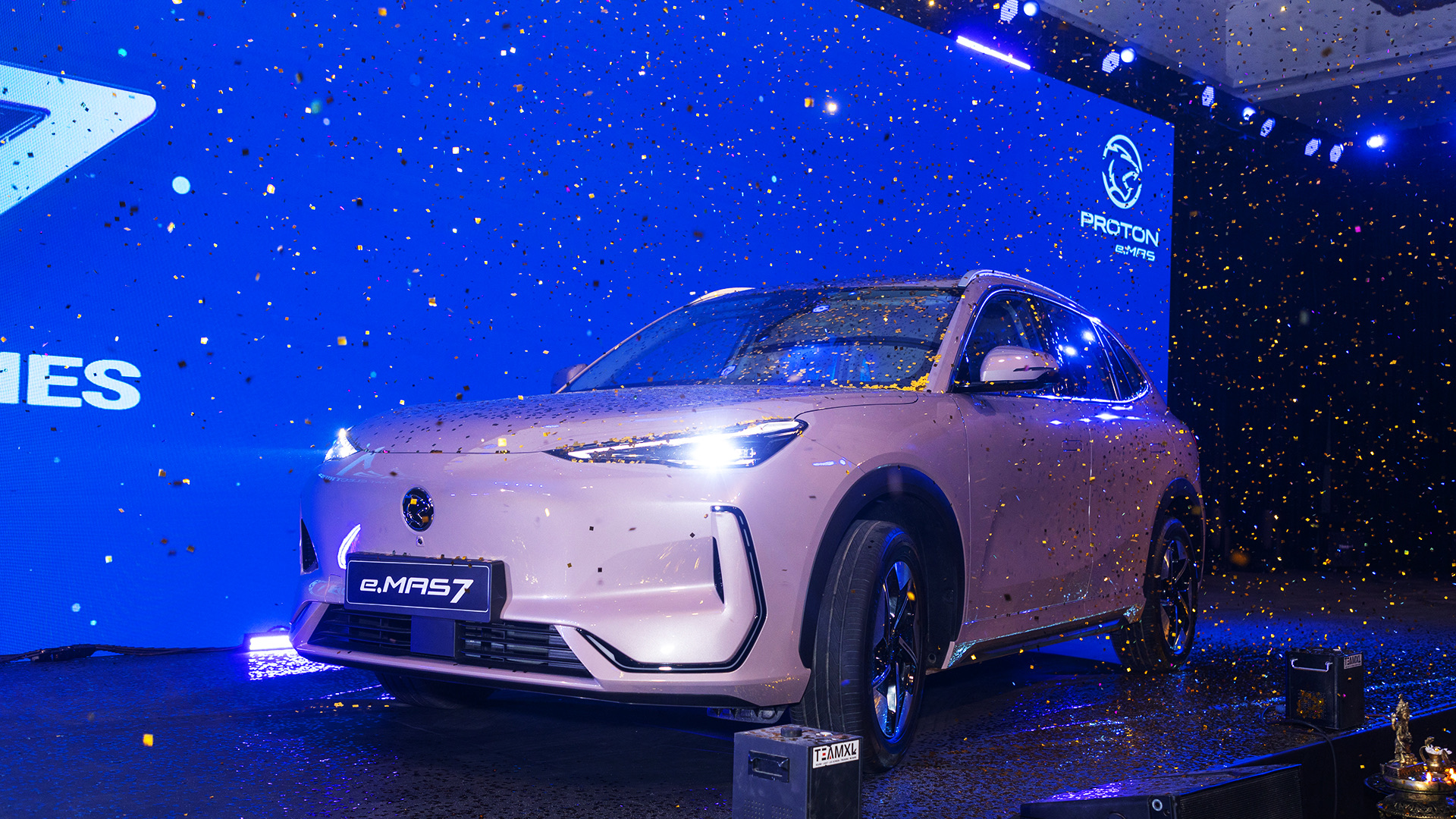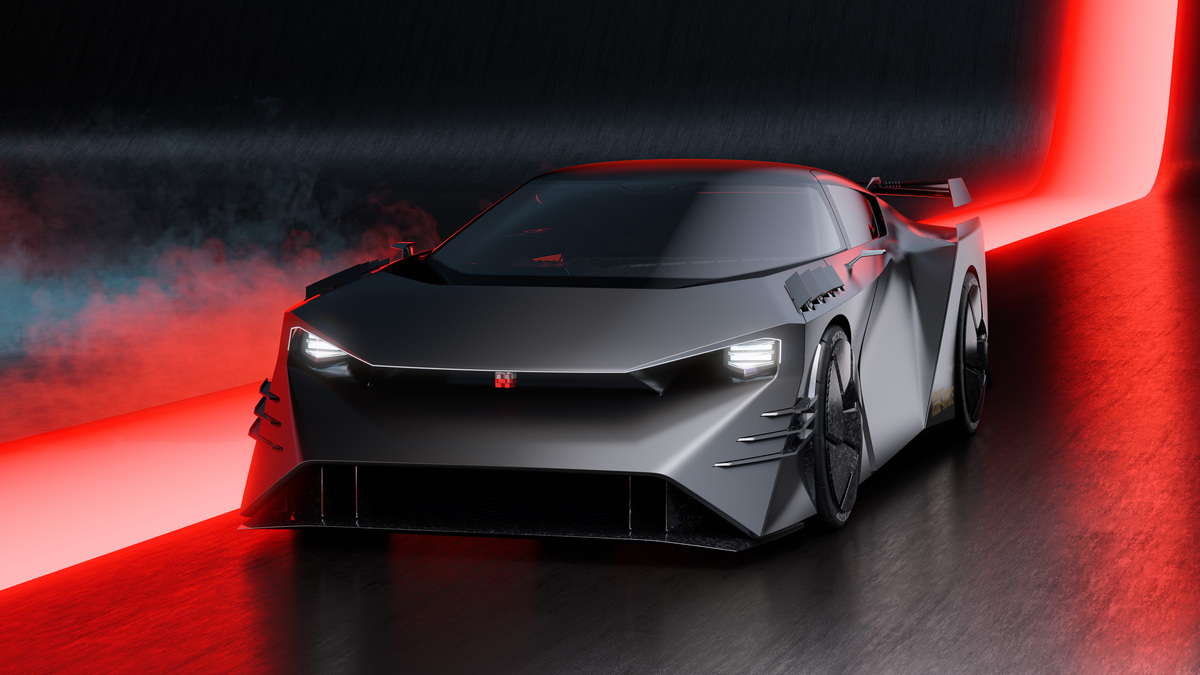Lotus has just unveiled its highly anticipated new flagship model, the Emeya. Formerly referred to as the Type 133, this all-electric four-door sedan is set to make a bold statement in the automotive world and go head-to-head with formidable rivals like the Tesla Model S and the Porsche Taycan Turbo.

The Eletre, which is available in Malaysia from RM578,000, and Emeya both use the same platform, the specialised Electric Premium Architecture (EPA), which is a product of Geely’s Sustainable Experience Architecture (SEA). The Emeya has a 102kWh battery pack and is anticipated to have a range comparable to the Eletre, which has an outstanding 600km range based on the WLTP cycle. Even while it is a little bit smaller than the Eletre’s 112kWh pack, it makes up for it with 350 kilowatts of quick charging power. A 350kW DC fast charger can charge the Emeya from 10 to 80 per cent in only 18 minutes, and it can add 150km to its range in just five minutes.
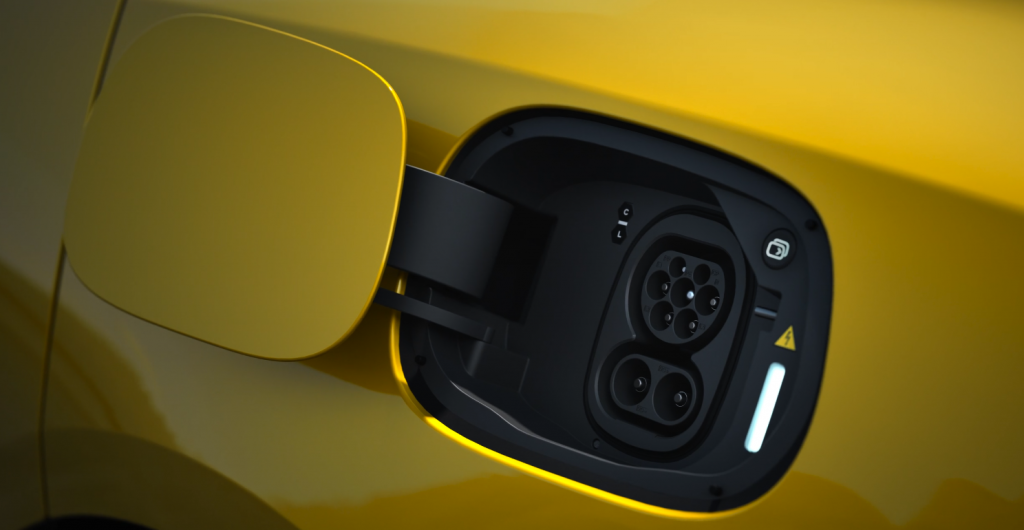
Although Lotus has opted to suppress some information regarding the Emeya, they have made some significant performance claims. The car has a dual-motor all-wheel-drive system that can generate 905hp and 985Nm of torque. Lotus claim that this engine can accelerate the car from 0 to 100km/h in 2.78 seconds, with a peak speed of 256km/h.


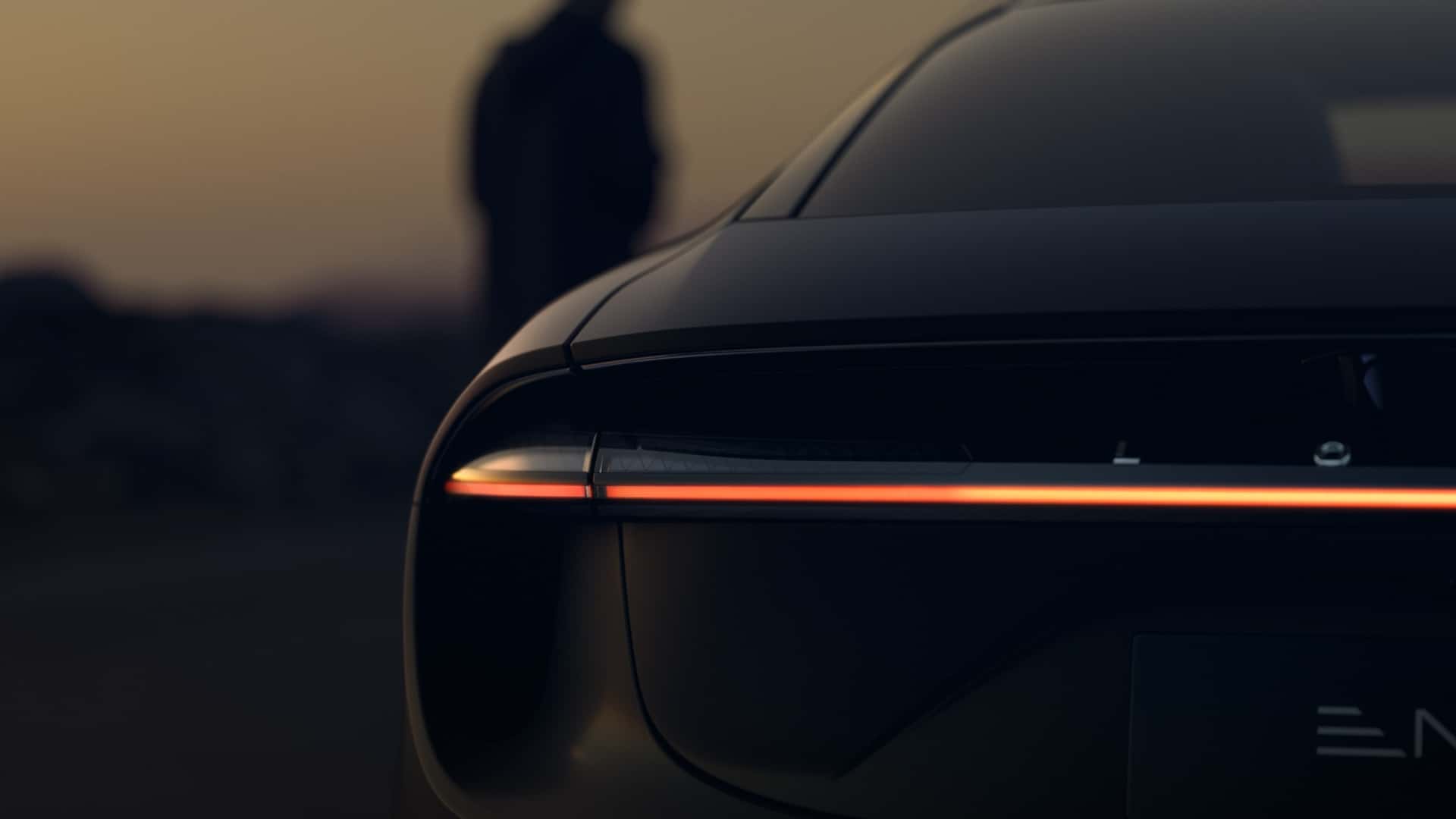
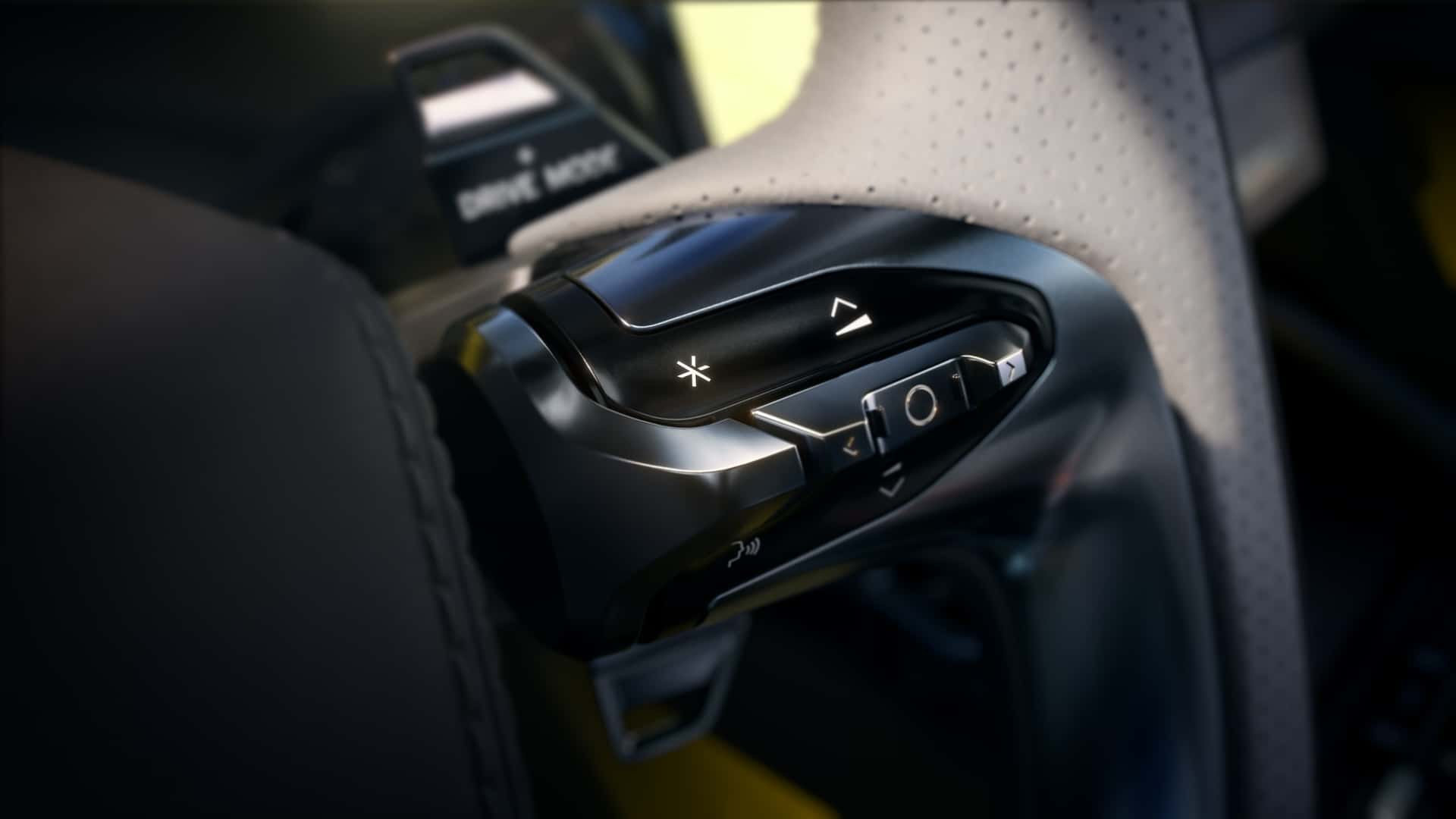

In terms of styling, the Emeya follows a bold and angular design language that closely resembles the Eletre. The car features sleek, narrow lighting units and a prominently contoured hood, contributing to its distinctive appearance.

Aerodynamics takes center stage in the Emeya sedan’s design. Lotus has implemented several aerodynamic features to enhance performance and efficiency. Notably, the vehicle incorporates an active grille at the front, a technology first seen in the Eletre SUV.

This grille can be adjusted to reduce drag and enhance efficiency when closed, while it opens to aid in cooling the battery and brakes. In addition to the active grille, there’s an active front spoiler, inspired by motorsport design, an active diffuser, and an active rear spoiler. These components work in concert to maximize downforce, ensuring optimal handling for activities such as canyon driving and track use.
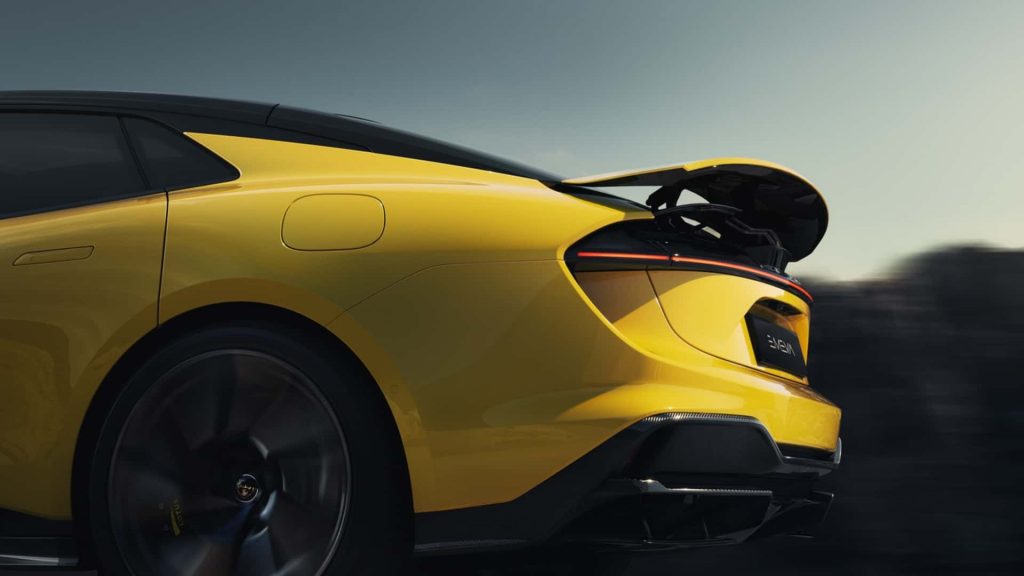
The active rear spoiler, measuring 11.0 inches in width and 3.9 inches wider than its counterpart on the Eletre, is especially noteworthy, generating a net downforce of 215kg at an unspecified speed.

The interior architecture of the Emeya places a strong emphasis on sustainability. Lotus is the first carmaker to use this material after pioneering the usage of an inventive yarn. When compared to standard leather upholstery, this yarn, which is made from cotton waste supplied from the fashion and garment sectors, offers not only a sustainable touch of elegance but also helps to reduce weight.

Lotus uses cutting-edge techniques like physical vapour deposition (PVD) for metallic coatings on particular cabin surfaces in addition to these eco-friendly materials. Alcantara, ultra-fabric polyurethane, and Nappa leather are among the mixture of materials used throughout the interior to combine luxury and ecological consciousness.

The inside of the Emeya has a number of technology innovations in addition to sustainable materials. Vibration sensors on the outside help a cutting-edge KEF 3D surround sound system with noise suppression technology by detecting tyre and suspension motions. For a superior audio experience, cutting-edge algorithms provide “anti-phasing acoustic signals” through the speakers to reduce interference.

Digital mirrors and LiDAR modules similar to those found in the Eletre are added to the augmented reality head-up display for the driver’s convenience and safety, further boosting the driving experience with cutting-edge technology. It also features a flat-bottom steering wheel.
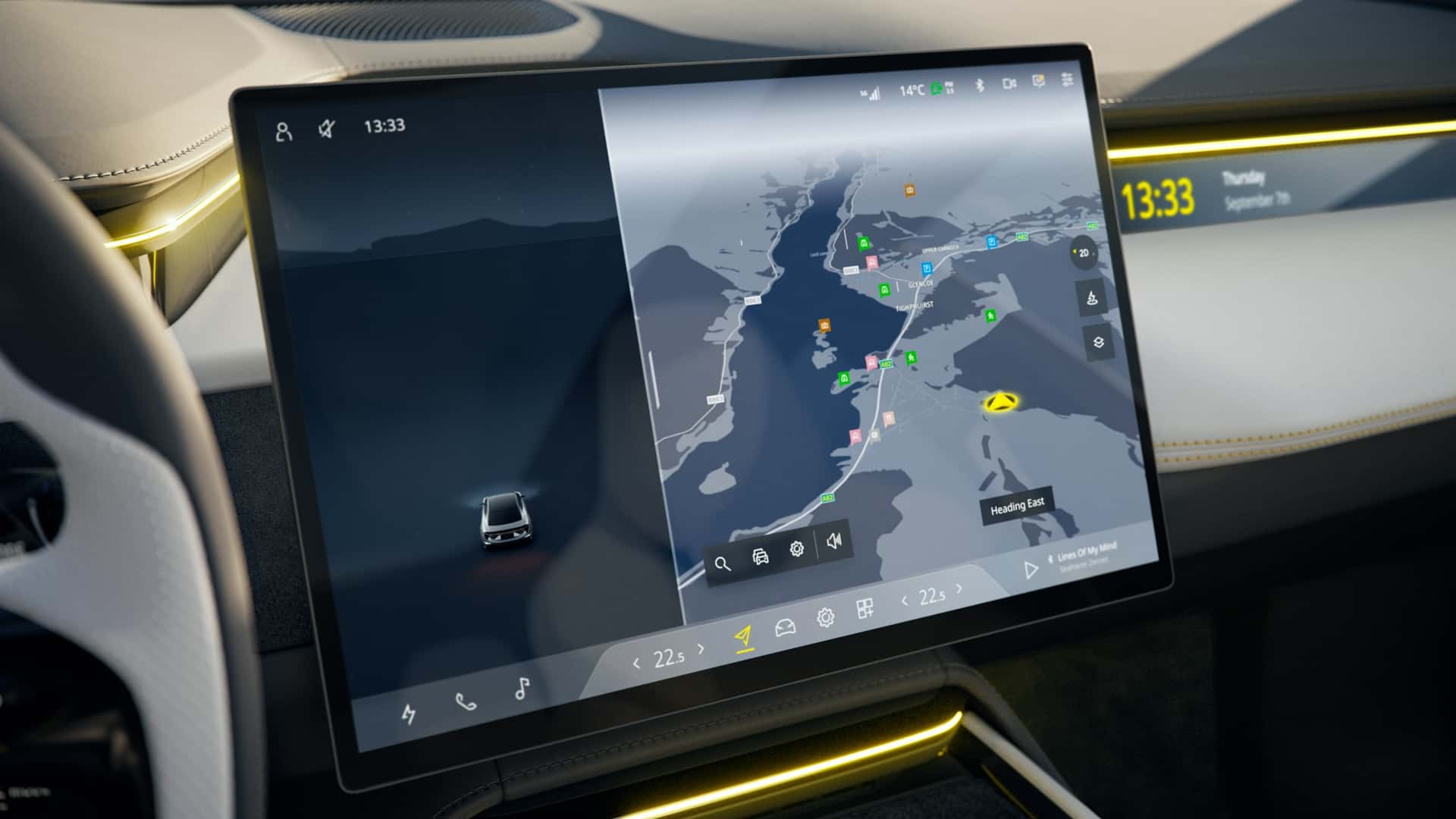

More comprehensive details about the Emeya are expected to be unveiled in the fourth quarter of 2023. Production of this model is set to commence in 2024, taking place at Lotus’s manufacturing facility in Wuhan, China, which is owned by Geely. Notably, this is the same plant where the Eletre is already being produced, underlining Lotus’s commitment to this region for its electric vehicle manufacturing endeavors.

